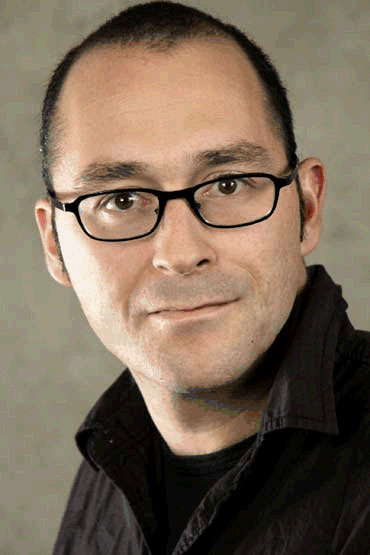
Prize winner
Dr. Marc-Georg Willinger from the Department of Inorganic Chemistry of the Fritz Haber Institute of the Max Planck Society is awarded the Schering Prize 2005 for his research on “Electronic structure of vanadium phosphorus oxides”.
“Electronic structure of vanadium phosphorus oxides”
Vanadium phosphorus oxides (VPO) are a very complex and fascinating system characterized by an easy formation and inter conversion of several crystalline phases. VPO’s are commercially used as catalysts for the synthesis of maleic anhydride (MA) in the partial oxidation of n-butane. This complex reaction involves several steps which acquire a concerted mechanism coupling acid and oxidizing properties. VPO catalysts consist of the main V4+ phase (VO)2P2O7 and a mixture of pentavalent VOPO4 phases. These phases are crucial for the conversion and selectivity rate of the final catalyst. It is believed that only a specific combination of V4+ and V5+ phases leads to the high catalytic performance.
One way to get a more profound understanding of the real catalyst and the role of the different phases is to reduce the complexity of the system by investigating the specific occurring phases in depth on their own. This thesis reports the investigation of the electronic structure of VPO phases by means of a combined theoretical and experimental approach. The investigated phases represent reference systems that contain electronic and structural features that are characteristic for the phases that are involved in catalysis.
Ab-initio band structure calculations based on density functional theory (DFT) were performed in order to evaluate the bulk electronic structure. Core level spectroscopic methods were applied to experimentally probe the electronic structure at the ionized species. The band structure calculations provide a detailed insight into bonding properties such as hybridization and covalent versus ionic bonding and the localization of the electrons.
Characteristic features of differently coordinated oxygens in the recorded electron energy loss (EELS) spectra can be identified by comparing them to the simulated spectra and to the underlying site and angular momentum projected density of states. Spectral features are hence well understood and can be used for the interpretation of spectra recorded from samples of unknown phase composition.
You might also be interested in
Newsletter
Contact & social networks
Schering Stiftung
Unter den Linden 32-34
10117 Berlin
Telefon: +49.30.20 62 29 62
Email: info@scheringstiftung.de
Opening hours
Project space
Thursday to Monday: 1 pm - 7 pm
Saturday to Sunday: 11 am - 7 pm
free entrance
